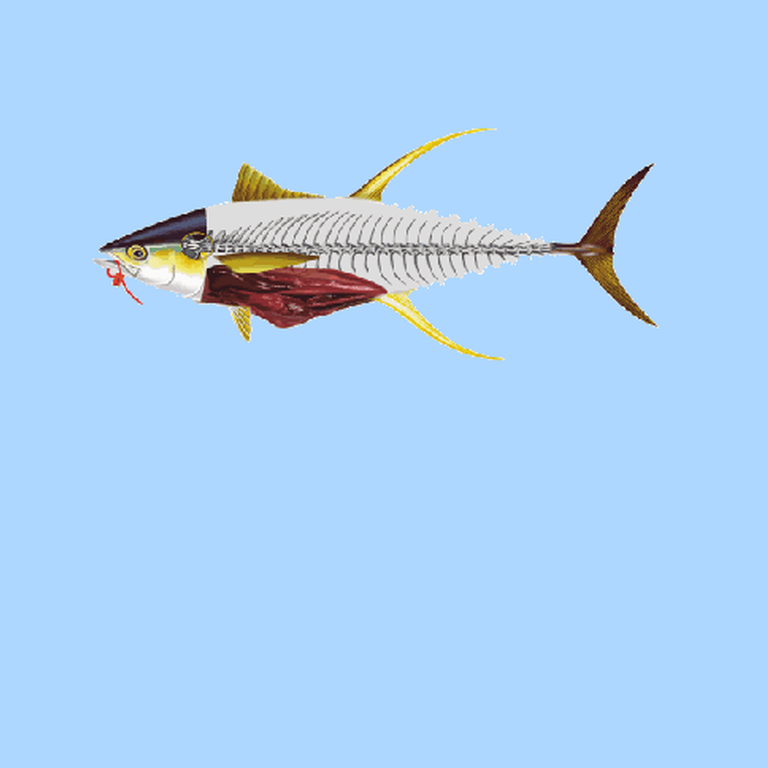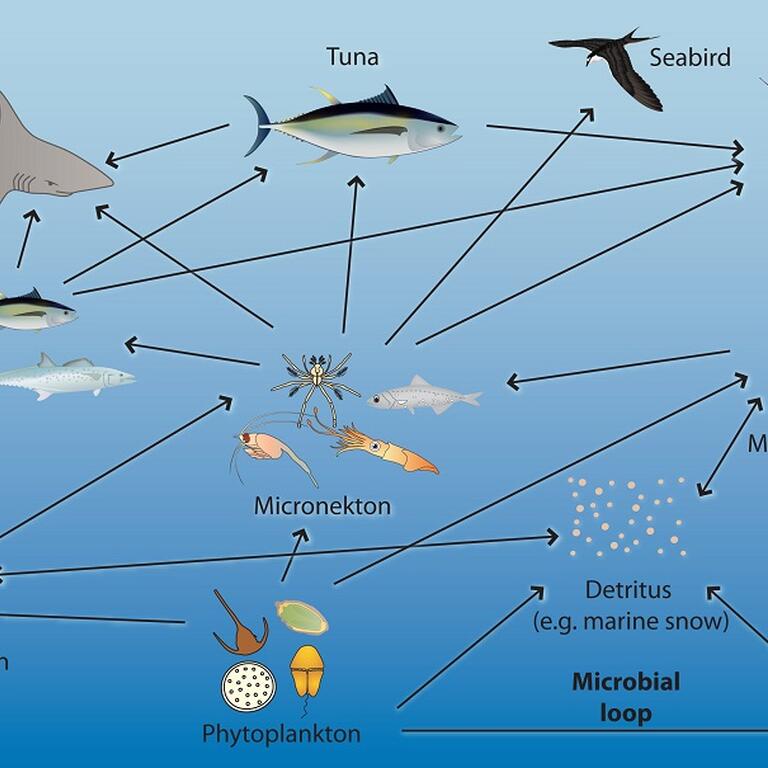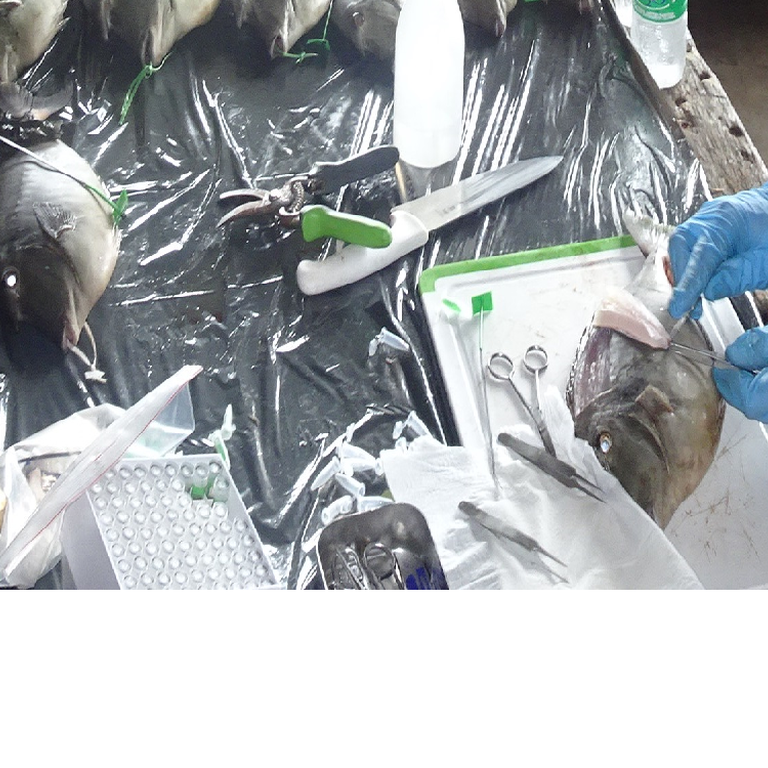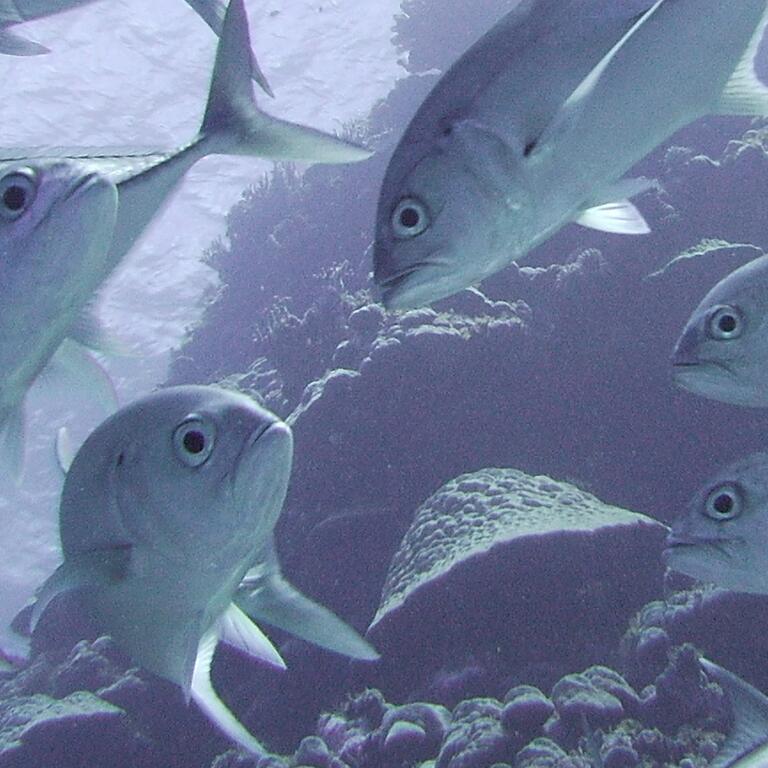Advancing and communicating marine biology knowledge to inform fisheries management and conservation
Biological research is fundamental to our assessments of fish stocks and our understanding of marine ecosystems to support fisheries management and conservation. It is a broad area of research which covers food web dynamics; fish growth, reproduction, behaviour and movements; stock structure; and contaminants.
Deriving new information from biological samples collected at sea and in port forms a core part of our work. Thanks to the success of longstanding partnerships among WCPFC members, national fisheries observer programmes, and the fishing industry, researchers now have access to many thousands of fish otoliths, gonads, stomachs, livers, dorsal spines, muscle and blood samples from tuna, edible bycatch species, and mesopelagic fishes collected from across the WCPO.

The bulk of these biological samples are housed in the WCPFC Pacific Marine Specimen Bank, located at SPC in Nouméa. This unique repository of samples allows us to tackle key eco-evolutionary questions on how WCPO marine ecosystems function, and how their fisheries are adapting to environmental and human-induced changes. To address such questions, scientists at SPC and collaborators from across the region use genetics and genomics, analyses of otolith growth, chemistry and shape, muscle stable isotope analysis, taxonomy and the study of micronekton to generate new data on fish age and growth , reproduction, movement, population connectivity and stock structure and diet and food-web dynamics in the pelagic zone. Results generated from such studies feed directly into the regional assessment models that we use to estimate stock status and provide management recommendations for commercially-important species like tropical tunas and billfish.
Our coastal fisheries scientists use biological samples to investigate various life history trait characteristics - such as growth, reproduction, spatial distribution - so that this information can be used for fisheries research and management. This approach is usually complementary to surveys where catch information is collected (creel or market surveys), and so tends to focus on a limited number of species. As well as giving an indication of the population status, it provides insights on how to improve the management of these species of interest.







